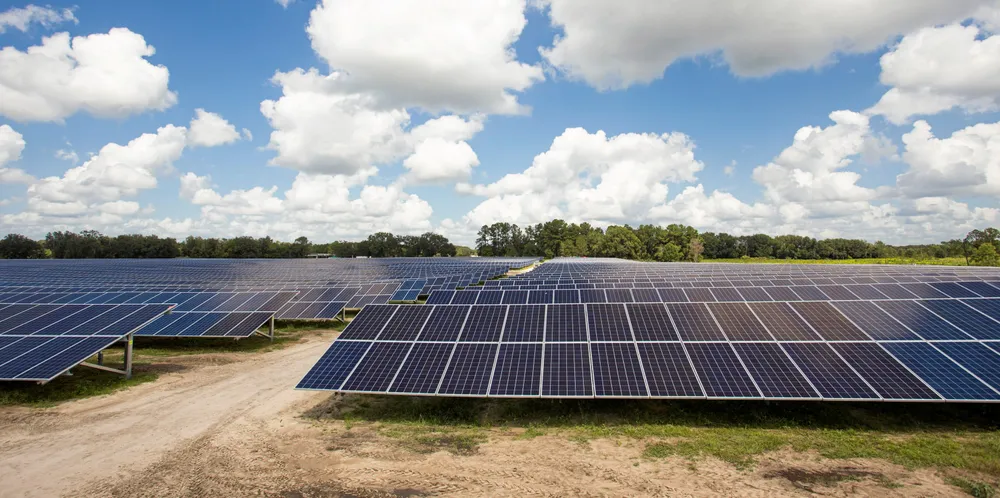NextEra unveils 'mad' plan to develop 16GW of hydrogen power stations in Florida
Experts puzzled by proposal from owner of Florida utility to convert its fleet of baseload natural gas-fired power stations to run on green hydrogen by 2045

Experts puzzled by proposal from owner of Florida utility to convert its fleet of baseload natural gas-fired power stations to run on green hydrogen by 2045
